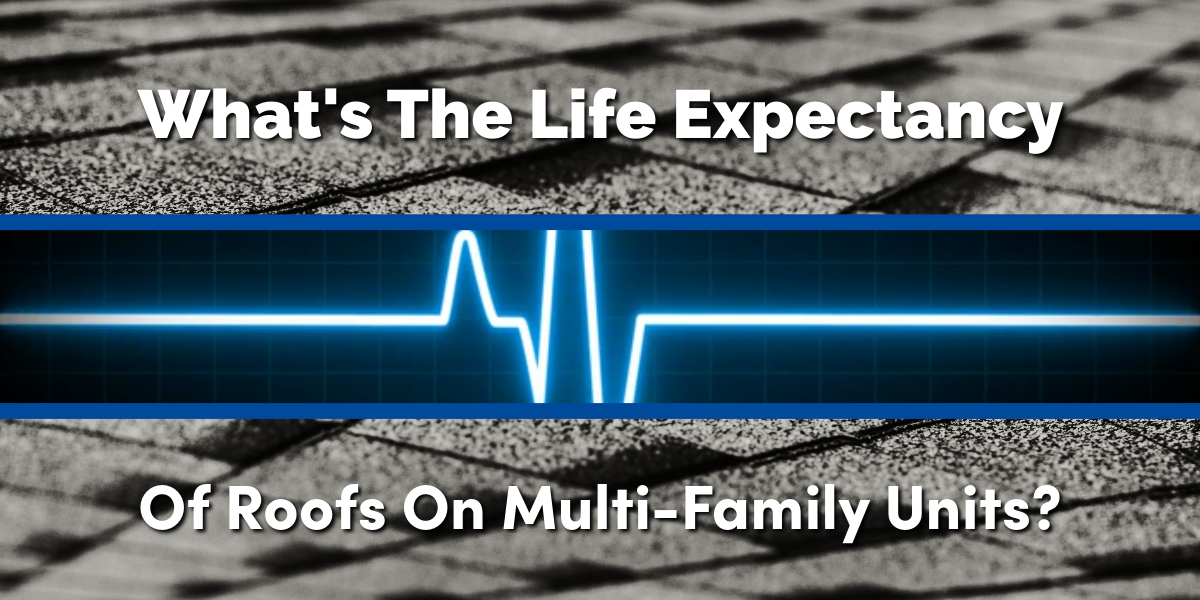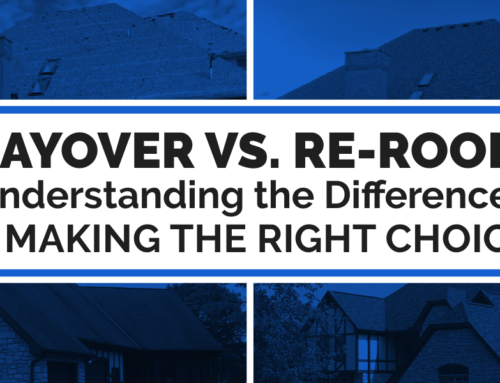Very few things can surpass the joy of moving into a new building. Everything is new and will likely last for a long time before it requires changing or significant repairs. The roof, for example, can last for ages and still function optimally. However, homeowners and managers eventually want to know if it’s time to replace their roofs. Just what is the life expectancy of roofs on multi-family units? This is a common question, and you may be asking the same.
Read on to learn more about the lifespan of your roof and what to do to increase the service of your roof.
What’s the average lifespan of common housing units?
Family housing units come in all shapes and forms. Multi-family units come with challenges unique to them. They often have more protrusions sticking up out of the roof, like vent pipes, HVAC units, chimneys, skylights for the common areas, etc.
Nonetheless, most factors affecting the lifespan of your roof are common to all roofs, whether they are for a single family or multiple families. If all factors are held constant, most roofs will generally last around the same period. However, it is worth noting that regular maintenance procedures and professional repair services can extend your roof’s lifespan considerably, especially on multi-family roofs, because of the extra protrusions. The more openings there are on a roof, the more potential for water infiltration. The roof must be assessed regularly for any damage, especially around the protrusions in order to ensure top performance.

Most housing unit building managers will opt for a roof type with the longest lifespan, fewest maintenance costs, and relatively easy repair services. After considering these factors, most multi-family unit homeowners and building managers will choose shingle roofs.
Shingle Roofs
On average, shingle roofs on multi-family units can last anywhere from 25 to 40 years. Most roofing installation service providers offer a warranty on the roof after professional installation. Shingle roofs typically come with a 30-year warranty, although this can change depending on factors like your environment, changing weather patterns, and intended use.
Shingle roofs are the dominant roof type on most homes today. In the greater Cincinnati area, Titan Siding and Roofing has installed countless shingle-type roofs on residential and commercial buildings (including multi-family dwellings). Generally, shingle roofs, especially asphalt shingles, are affordable, durable, lightweight, withstand different weather patterns, and have low maintenance costs.
Below is a brief summary of different roofs used in multi-family housing units and their relative lifespan;
- Asphalt Shingles-20-40 years
- Metallic roofs – 35 to 70 years
- Wood shakes – 20 to 30 years
- Clay and concrete tiles – 60 to 80 years
- Slate tile roofs – 70 to 120 years
- Thermoplastic polyolefin roofs – 15 to 20 years
As formerly mentioned, a lot of factors go into the selection process of a roof. For instance, one type may have a long lifespan but also come with high installation and maintenance costs. A roofing expert like Titan Siding and Roofing can help you narrow in on the best roofing type for your building.
Factors that determine the lifespan of your roof
It is not uncommon to see two roofs installed at the same time having different lifespans. How you take care of your roof after installation can either extend or shorten the life of the roof.
By understanding the various factors in play, you can work on several practical tips that will see your roof outlast your neighbors. Below are the most significant factors that can affect the longevity of your roof;
Materials
The materials used in your multi-family housing units perhaps play the most prominent role in determining the roof’s lifespan. Poorly manufactured materials will break down under pressure from storms, strong winds, and the sun’s UV rays.
To ensure your roof outlasts expectations, Titan Siding and Roofing uses high-quality roofing materials like Owens Corning, Royal Building Products, Mastic, and James Hardie. This offers you direct value for money as it’s affordable, requires little maintenance, and has a long-projected lifespan.
Roof slope
Higher-pitched roofs typically last longer compared to low-slope or flat roofs. Nonetheless, proper drainage is a key factor in play here. The best option is installing a high-pitched roof with quality drainage.
Ventilation
Poor roof ventilation is a leading cause of deterioration in many multi-family buildings. Poorly ventilated roofs can lead to shingles breaking or cracking, mold development, rot, and ice dams on the roof.
Installation
Start your roofing project on the right foot by contracting professional installation experts near you. This choice can often mean the difference between your roof lasting for a few years or decades. Titan Siding and Roofing is reputed as a top installation expert in the greater Cincinnati area.
Maintenance
Regular inspections can unearth issues with the roofing long before it gets out of hand. Maintenance and assessments should only be done by trained roofing professionals. You should have your roofs professionally checked at least once a year to avoid significant overhaul issues.
What is the life expectancy of roofs on multi-family units?
If the multi-family housing units use shingle roofs, you can expect them to last anywhere from 20 to 40 years. To extend the lifespan of your roof, consult Titan Siding and Roofing for professional installation, maintenance, and repair services in Cincinnati, Ohio.






